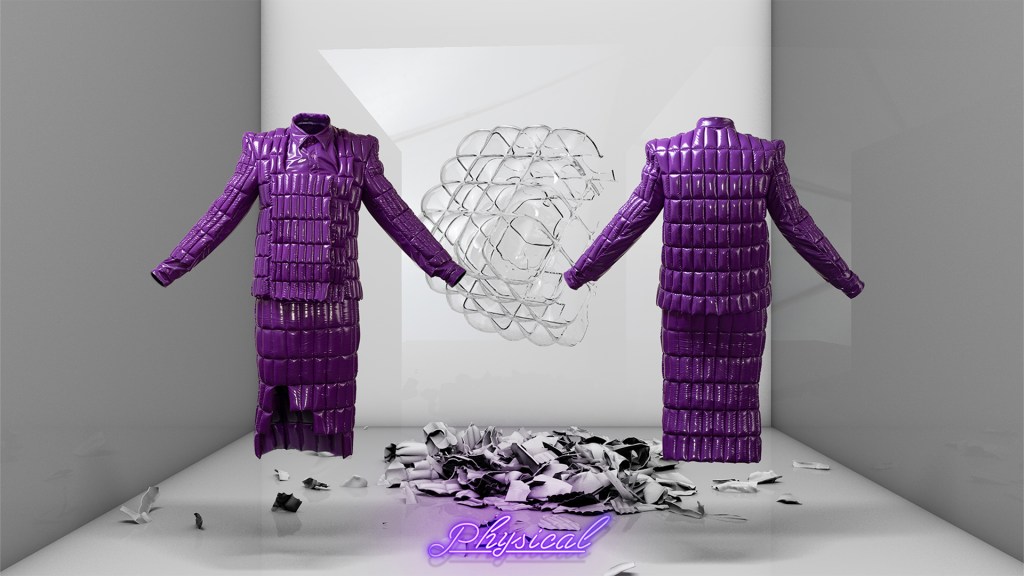Arts degrees (particularly in the creative or visual arts) are joked about as the fastest roads to low-paid insecure jobs, or worse, to no jobs at all.
But you don’t have to look far to see arts graduates using their study as a gateway to high value roles, which they do with skills only those degrees can provide.
Whether it’s visual arts, art history or design, the vast reach of these seemingly niche study paths is surprising, as its value steadily ripples through our sector.
I’LL START WITH AN ARTS DEGREE
For author and screenwriter Kathryn Lefroy, her 20+ year career has afforded her stints in film, technology and the media in London, San Francisco and Los Angeles. Her arts degree was initially a good way to keep her options open.
‘I decided to do an Arts degree [in Melbourne] because I legitimately didn’t know what I wanted to do with my life, but I knew I wanted it to be somewhere within the realm of the creative arts,’ she said.
After starting out broad, Lefroy soon felt a pull towards Art History as a major, and ended up doing Honours in that subject. She says her grounding in art history shaped her abilities as a multi-skilled writer.
‘I loved that with Art History there were stories behind these visual art works,’ Lefroy told ArtsHub.
Art history was effectively my jumping off point to start thinking about how I could tell stories for a living.
Author and screenwriter Kathyrn Lefroy.
Yet the writer admits it wasn’t a straight path from there to where she is now. Her current working life sees her doing anything from fantasy stories for kids to articles for Google and film scripts.
Initially, her degree launched her into a different space. ‘I actually got a job working in marketing for the first few years [of my career],’ Lefroy said.
‘Even when I was working in business environments I always approached things with this open curiosity that I truly think I could only have got from my Arts degree,’ she said.
Read: The business skills program developed by arts people for arts people
‘When I started writing for a living, I worked for tech companies where I could take fairly complicated technological topics and distil them in a way that regular people could understand them.
‘And I could do that because of those skills that I’d learnt previously – because I had learned how to research and distil information, and find stories in things really quickly,’ Lefroy said.
IT LEADS TO SO MANY OTHER THINGS
Much like Lefroy, Melbourne-based Creative Producer Sarah Rowbottam saw the wide potential of an arts degree, but started with a Bachelor of Fine Arts to launch her career.
‘When you do a Fine Arts degree you’re told that maybe 2% will actually go on to have a career as an artist,’ Rowbottam told ArtsHub. ‘But I think that degree leads to many other areas in the arts, which is what’s happened to me.’
Currently working as a Creative Producer at the contemporary performance space Arts House, Rowbottam has also been employed in a range of programming, producing and communications roles with companies like Performing Line and Perth Festival over her decade-long career.
Alongside those organisational roles she’s also independently produced collaborative performance projects, such as the acclaimed Proximity Festival, which she co-founded in 2012.
Rowbottam says that while she had no idea her current job role even existed when she was studying, she routinely uses the skills learned across her different projects.
‘Creative Producing is an artistic practice in itself. You need to have the skills to think about what it means to hold space, what it means to have critical conversations and what it means to have a critical eye on work, and that’s part of what my degree gave me,’ she said.
Reflecting on graduate employment prospects, and how she got her foot in the door, Rowbottam says it was a combination of doing further study and having a proactive approach to industry experience.
‘In my third year of my Fine Arts degree I decided to convert it to a double degree, so I added a Bachelor of Communication and Cultural Studies (writing and publishing) to my study,’ she explained. ‘And I think that part of my study has allowed me to go on to the various communications roles I’ve had in the arts.
Communication and Cultural Studies actually completely changed how I thought and articulated my [artistic] practice and other people’s practices.
Creative Producer Sarah Rowbottam.
‘It gave me a much better vocabulary to do that,’ she said.
‘I remember talking to my studio tutor in my final year of art school because I was interested in getting experience in the arts industry. I felt I had no idea how it all worked, or what kind of roles existed,’ she continued.
‘He was running an electronic art biennale at the time, and he very openly said, “Why don’t you come in the office and you can be curatorial assistant to help you understand how it all works.” And that informal internship ended up leading to paid work,’ she explained.
AN ARTIST, BUT NOT AN ARTIST
A deep appreciation of artistic process allowed Rowbottam to grow her diverse arts career. But can an arts degree also forge a viable path where creative practice is at the centre from the start?
Melbourne-based freelance designer Oscar Keene is proving it’s possible.
After completing a Bachelor of [Fashion] Design with Honours in 2020, Keene is carving out a niche they never anticipated. They say that COVID lockdowns had a lot to do with their current direction.
‘Doing my Honours year in Melbourne during lockdowns was really challenging,’ they said. ‘In a lot of our [student] group discussions we were sitting at home by ourselves working on fabric swatches and we started to ask, “what’s the point of what we do?”’
When lockdowns made their work as a budding fashion designer impossible, they used the time to learn new ways to approach the fashion medium. ‘Because I had learned how to express myself through garments, I pivoted to the digital space so I could continue to express myself that way.’
Read: How I launched my label
Upon graduating, Keene self learned 3D digital design software via Youtube tutorials, and is now creating animated videos for a range of arts clients which see their designs take shape as animated avatars on screen.

‘What I’m trying to do is embed motion capture of real people’s movement into avatars and then have them move in garments, to recreate physical fabrics in the digital space as convincingly as possible,’ Keene explained.
‘I recently finished a project with a Melbourne artist called Bel, where she was performing on a green screen and I embedded her movements into avatars wearing garments behind her [as her back-up dancers]. I’m also working with clients in LA, which never in my wildest dreams would I have thought I would be doing,’ they said.
So, how does their undergraduate degree apply to this somewhat unexpected career path?
‘When you’re doing a degree like that you can start to think, where is all this conceptual thinking going to get me? Where is the practical application to all of this? How am I actually going to make money from this?,’ Keene replied.
‘But now that I’m working on these projects I realise the value of it. The digital stuff that I’ve taught myself is simply the application of all the conceptual thinking that I was trained in, of how to design,’ they said.
It’s only now that I’ve finished my degree that everything I’ve been taught makes more sense, because it’s actually being applied now.
Graduate designer Oscar Keene.
Keene also noted that the new collaborations they’re forming on their independent path are another unexpected benefit adding to this scope.
‘Meeting other people outside of the [fashion] industry, and starting to collaborate with them on projects that I couldn’t have done on my own, that’s been a really exciting part of it as well, ’ they concluded.





